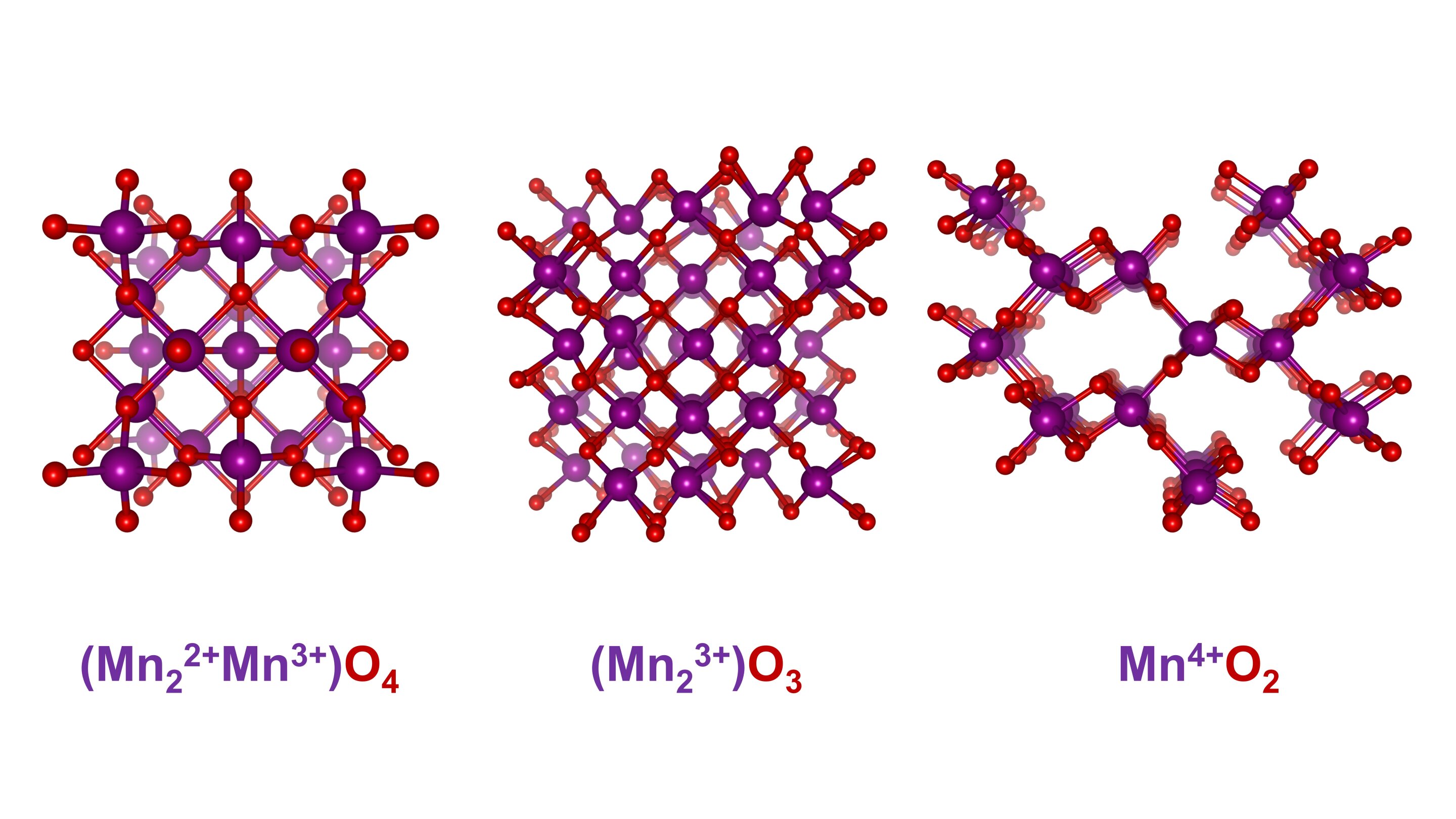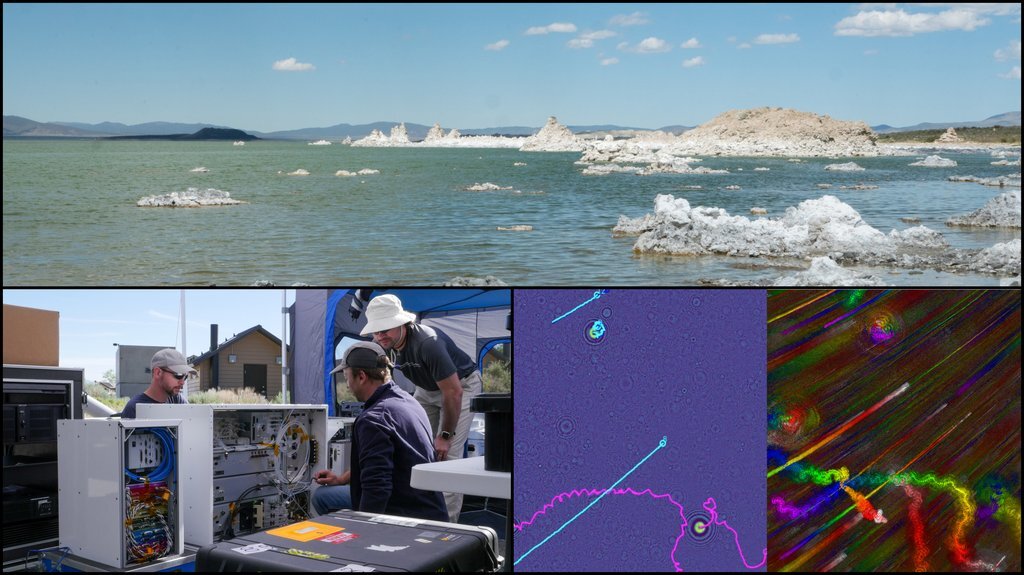Manganese oxides come in various structural variants. They represent an exciting class of materials for electrocatalysts. Author: M. Risch/HZB
Green hydrogen is an energy carrier with a future. It is produced by electrolytically splitting water with wind or solar energy and stores this energy in chemical form. To facilitate the splitting of water molecules (and reduce energy), the electrodes are coated with catalytically active materials.
Dr. Marcel Risch and his group of young researchers “Development of Oxygen Evolution Mechanisms” are investigating the evolution of oxygen in the electrocatalysis of water. In particular, oxygen evolution must work more efficiently for economical hydrogen production.
An exciting class of materials
An exciting class of materials for electrocatalysts manganese oxides, which occur in various structural variants. “The decisive criterion of suitability as an electrocatalyst is oxidation the amount of material and how it changes during the reaction,” explains Risch.
In the case of manganese oxides, there is also a wide variety of possible oxidation states. x-ray absorption spectroscopy (XAS) provides information on degrees of oxidation: X-ray quanta with the appropriate energy excite electrons in the innermost shells, which absorb these quanta. Depending on the degree of oxidation, this absorption can be observed at different excitation energies. Risch’s team created an electrolysis cell that allows XAS measurements to be made during electrolysis.
X-ray absorption spectroscopy
“With the help of X-ray absorption spectroscopy, we can not only determine the degrees of oxidation, but also observe corrosion processes or phase changes in the material,” says Risch.
Therefore, when combined with electrochemical measurements, the measurement data provide a much better understanding of the material during electrocatalysis. However, the necessary high intensity of X-ray radiation is available only in modern synchrotron light sources. In Berlin, HZB is working with BESSY II for this purpose. There are about 50 such light sources for research in the world.
Time scales from short to long
Risch still sees great potential for the application of X-ray absorption spectroscopy, especially with respect to observational time scales. This is because the normal measurement time is a few minutes. Electrocatalytic reactions, however, occur on shorter time scales.
“If we could observe electrocatalysis as it happens, we could better understand the important details,” says Risch. Thanks to this knowledge, cheap and environmentally friendly catalysts can be developed more quickly. On the other hand, many “aging” processes occur over a period of weeks or months. “We could, for example, examine the same sample over and over again regular intervals to understand these processes,” advises Risch. It will also enable the development of electrocatalysts with long-term stability.
The study was published in Angewandte Chemie.
Marcel Rich et al., What X-ray Absorption Spectroscopy Can Tell Us About the Active State of Earth-Abundant Electrocatalysts for the Oxygen Evolution Reaction, Angewandte Chemie (2022). DOI: 10.1002/ange.202211949
Citation: Green hydrogen: Faster progress with modern X-ray sources (2022, October 7) Retrieved October 7, 2022, from https://phys.org/news/2022-10-green-hydrogen-faster-modern-x -ray.html
This document is subject to copyright. Except in good faith for the purpose of private study or research, no part may be reproduced without written permission. The content is provided for informational purposes only.






